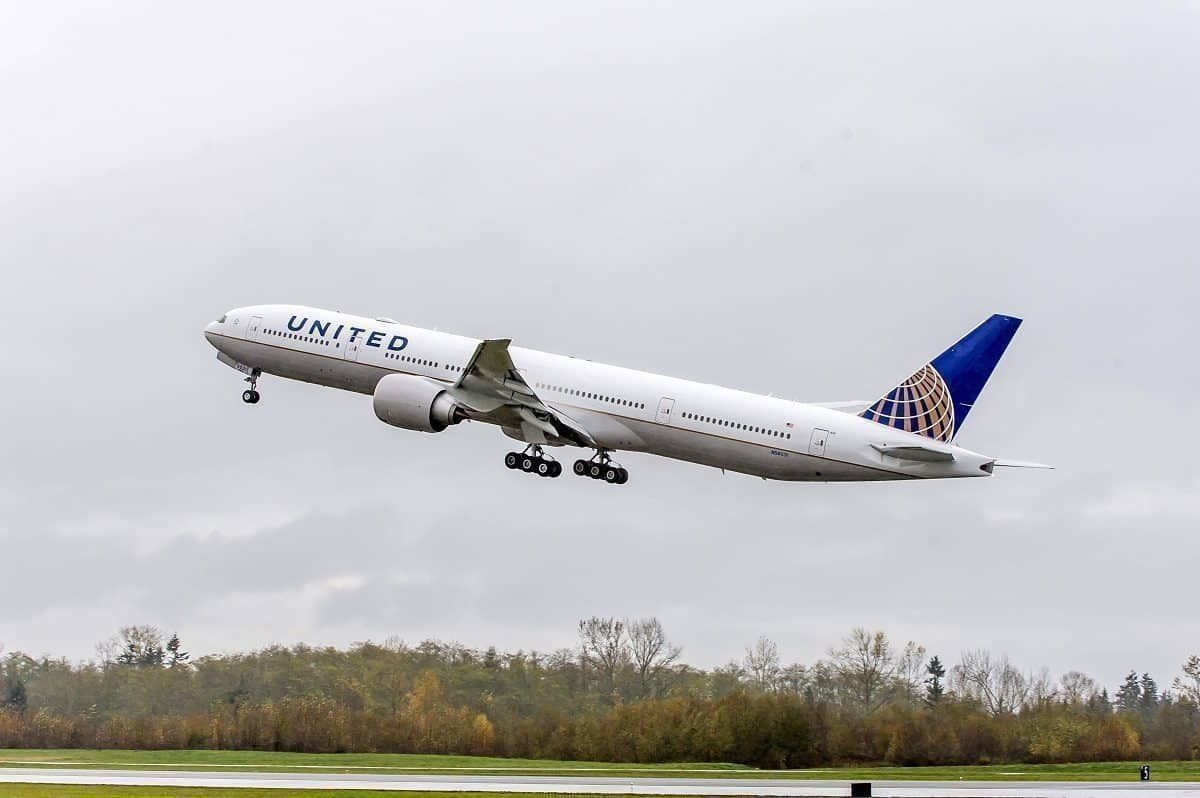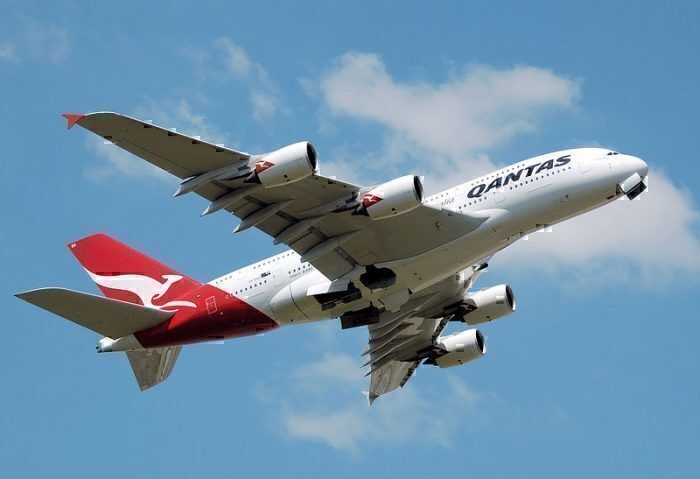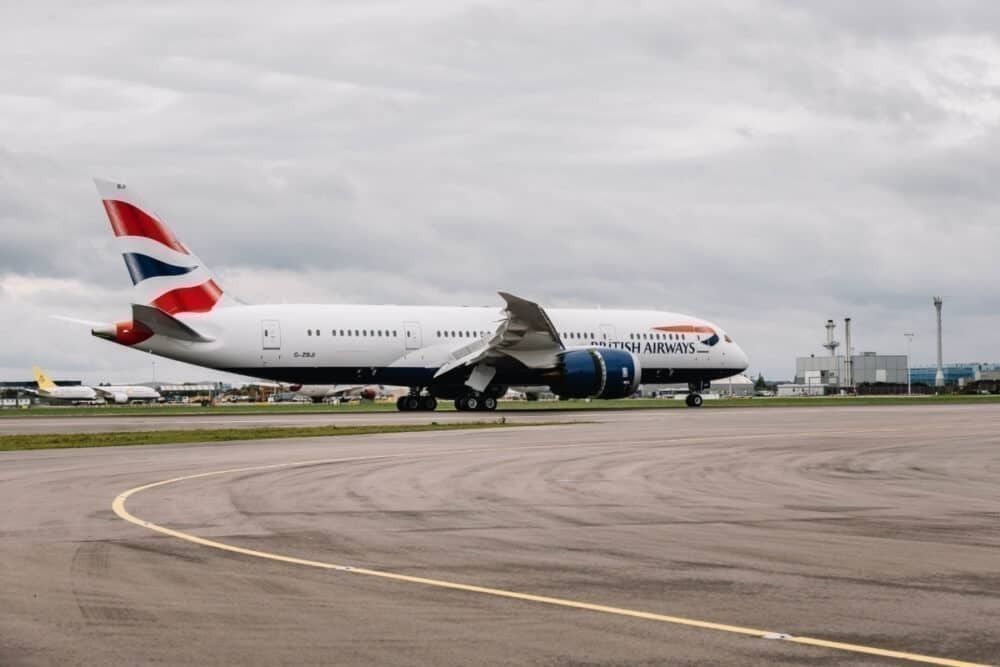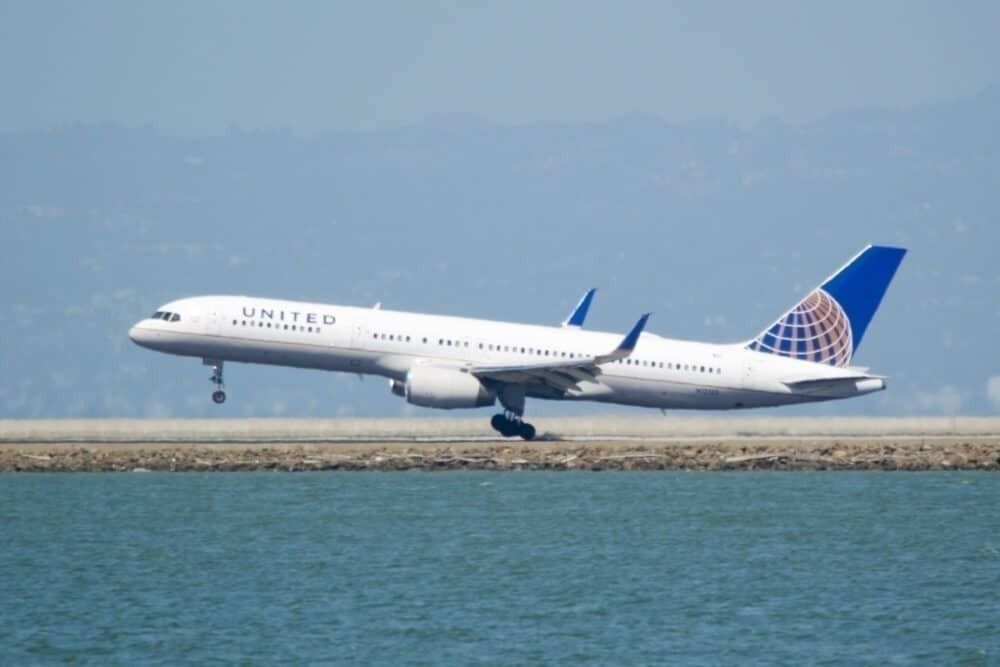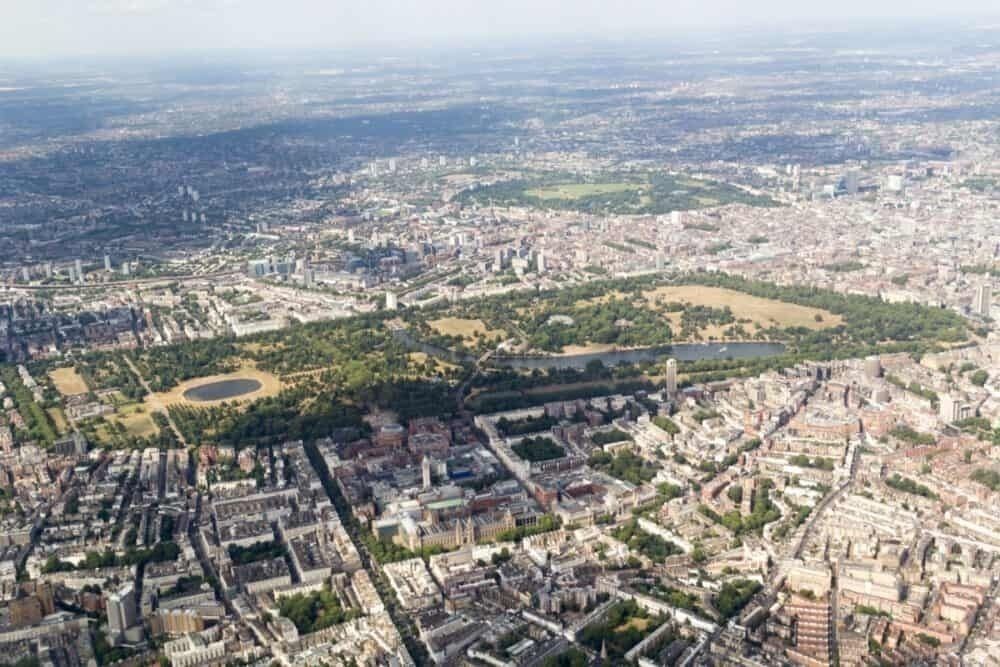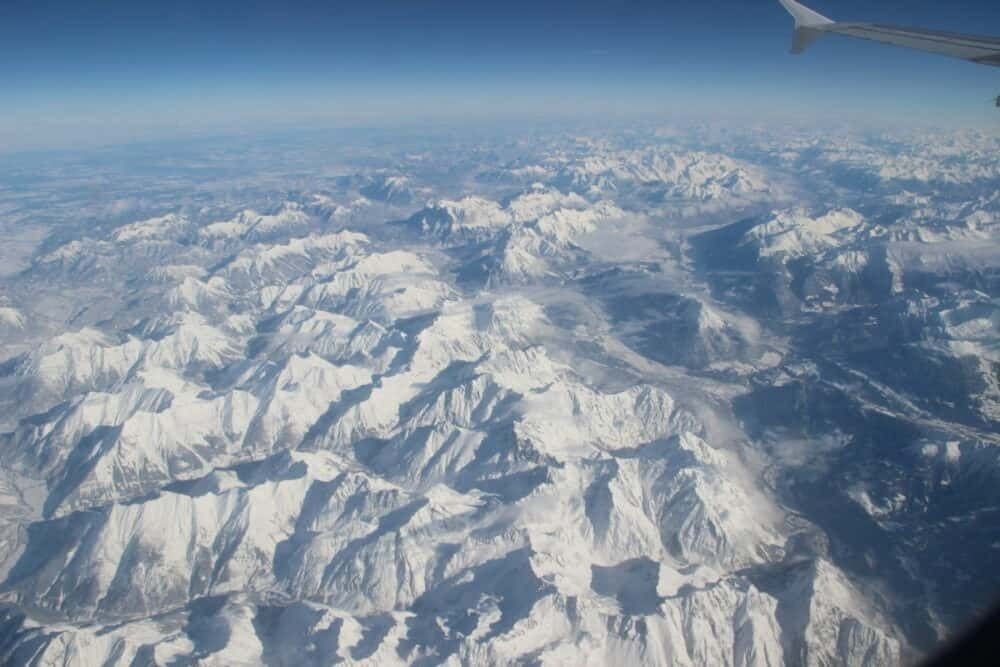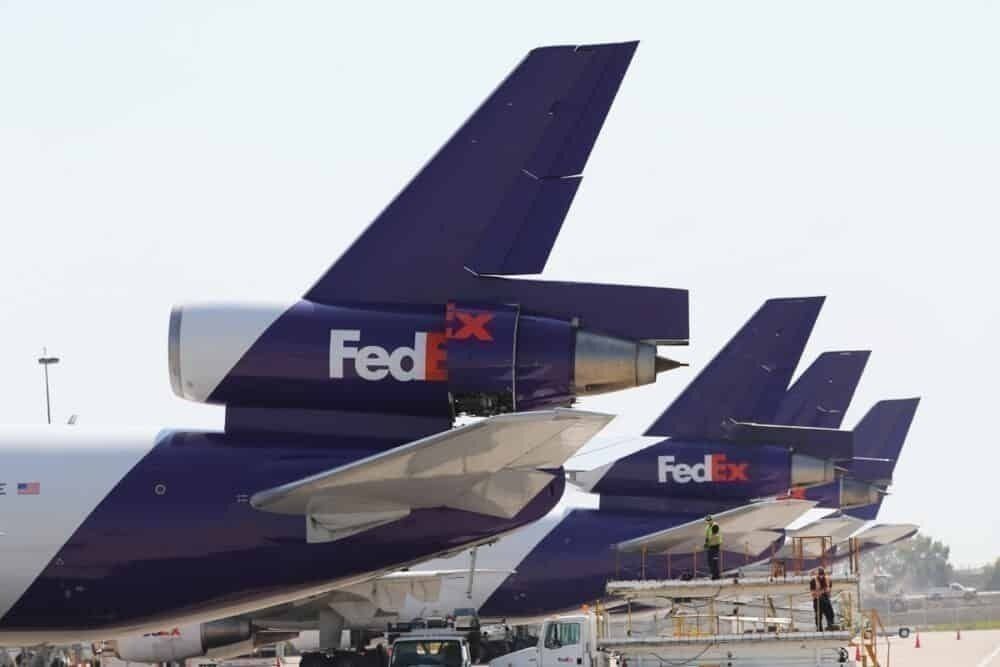While aircraft usually fly on their own set flight paths, when it comes to landing or departing from an airport, flights must follow a set path. The paths are known as SIDs (Standard Instrument Departure Route) and STARs (Standard Terminal Arrival Route/Standard Arrival Route). These paths dictate how aircraft enter and leave the airport, placing restrictions on speed and altitude. But why do airports need these set paths?
Crowded airspace
The main reason aircraft must follow SIDs and STARs is due to crowded airspace over an airport. While flights may take a variety of different paths on their route, all aircraft must converge closer to the airport. This is where the STARs come in, providing the flight crews with optimal flight levels, speeds, and specific vectors to the runway.
According to Skybrary, SIDs and STARs must be followed by all aircraft unless given explicit directions by aircraft traffic control. All departing and arriving aircraft follow ATC routes until they takeoff and climb, after which they continue on more efficient routes, as filed.
The primary role of having SIDs and STARs is to prevent conflicting traffic around the airport. This is particularly true for high-traffic airports such as Atlanta or Heathrow, where dozens of flights are waiting to take off or land, minutes behind each other. SIDs and STARs ensure that aircraft can safely operate and minimum separation is maintained.
Some airports also have strict takeoff and landing requirements, usually due to security or geographic concerns. Many airports have restricted airspace around them, reducing possible STARs and SIDs and therefore, airport capacity.
Efficiency is key
SIDs and STARs are not only created to provide aircraft safety but to also offer efficiency during takeoff and landing. Each runway at an airport has multiple SIDs and STARs, allowing aircraft to safely line up while preparing for their final approach or take off. Multiple routes let multiple aircraft to land and take off much faster, allowing for Heathrow to carry out a landing or departure every 45 seconds.
Both airlines and airports create SIDs and STARs to ensure both efficiency and safety are maintained. This means both make an important part in route planning: which runway to use, and what altitude to fly at, and more.
Multiple STARs
While it might seem surprising, some airports actually share some Standard Arrival Routes. This happens when airports are in close proximity, allowing for aircraft to share the same path until a certain point. An example of this is San Jose and San Francisco Airports, which are only 35 miles apart.
However, no two airports share the same SIDs, since those remain unique to the departing runway at each airport. The more runways an airport has, the more the possible number of unique SIDs.
Views over the city
While the primary role of SIDs and STARs is to provide safety and efficiency for aircraft movements, there is another positive. Due to the fixed routing for landings and takeoff for an airport, many passengers are able to see iconic views from the window. These views have become a part of the flight experience, with many hoping for a specific STAR to enjoy the view.
Here are some of the most scenic departure and arrival views (in personal preference of course!). Starting with the Heathrow approach to runway 27R, which has a beautiful view of London city.
A beautiful departure view can be found on flights out of Milan's Malpensa Airport, featuring the snow-capped Alps.
What are some of your favorite departure or arrival views? Let us know in the comments!
Extremely important
SIDs and STARs are critical to any aircraft movement and airport operations. Airports stand to gain a lot by adding more runway routes, thereby increasing flight capacity at the airport. Airlines also look for the most efficient routes, trying to cut down on fuel costs as much as possible.
However, the primary goal of having SIDs and STARs is to ensure safety while multiple aircraft are planning to take off or land. However, this route planning does not always work, especially when bad weather is involved. Many times aircraft face something known as "loss of separation", near the airport.
Under usual circumstances, plans must maintain at least a distance of 15nm (laterally) and 1000 feet (vertically), according to Skybrary, between each other. SIDs and STARs are created to maintain this separation between aircraft. However, at some times aircraft lose this separation, raising the chances of a devastating crash.
This increases the role of ATC to ensure that all aircraft are following their given SIDs or STARs, even when conducting an ILS landing in bad weather. It's clear that SIDs and STARs are crucial on every flight we take, dictating everything from our minimum separation to window views.
What are some of your favorite aircraft approaches and takeoffs? Let us know in the comments

